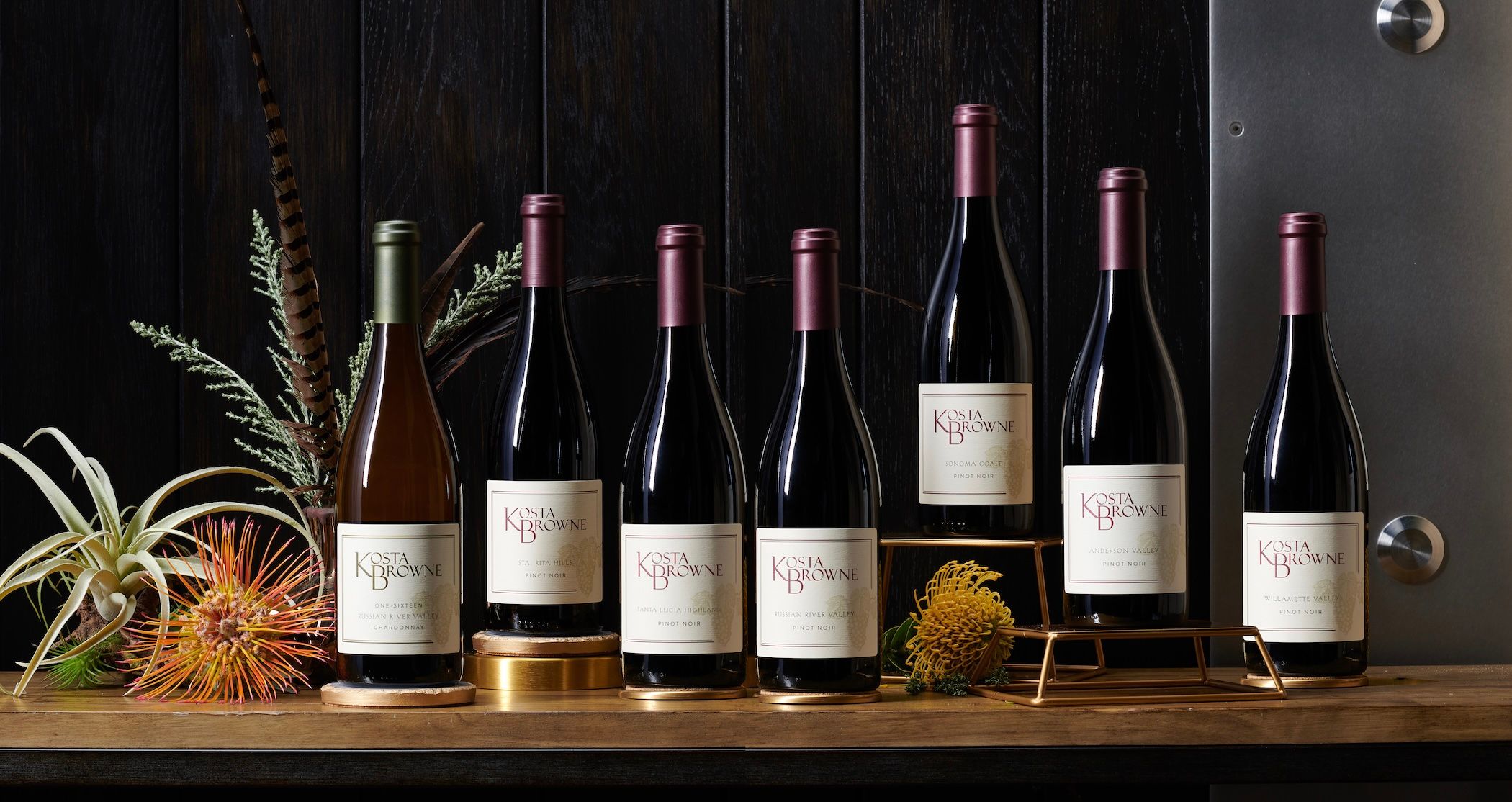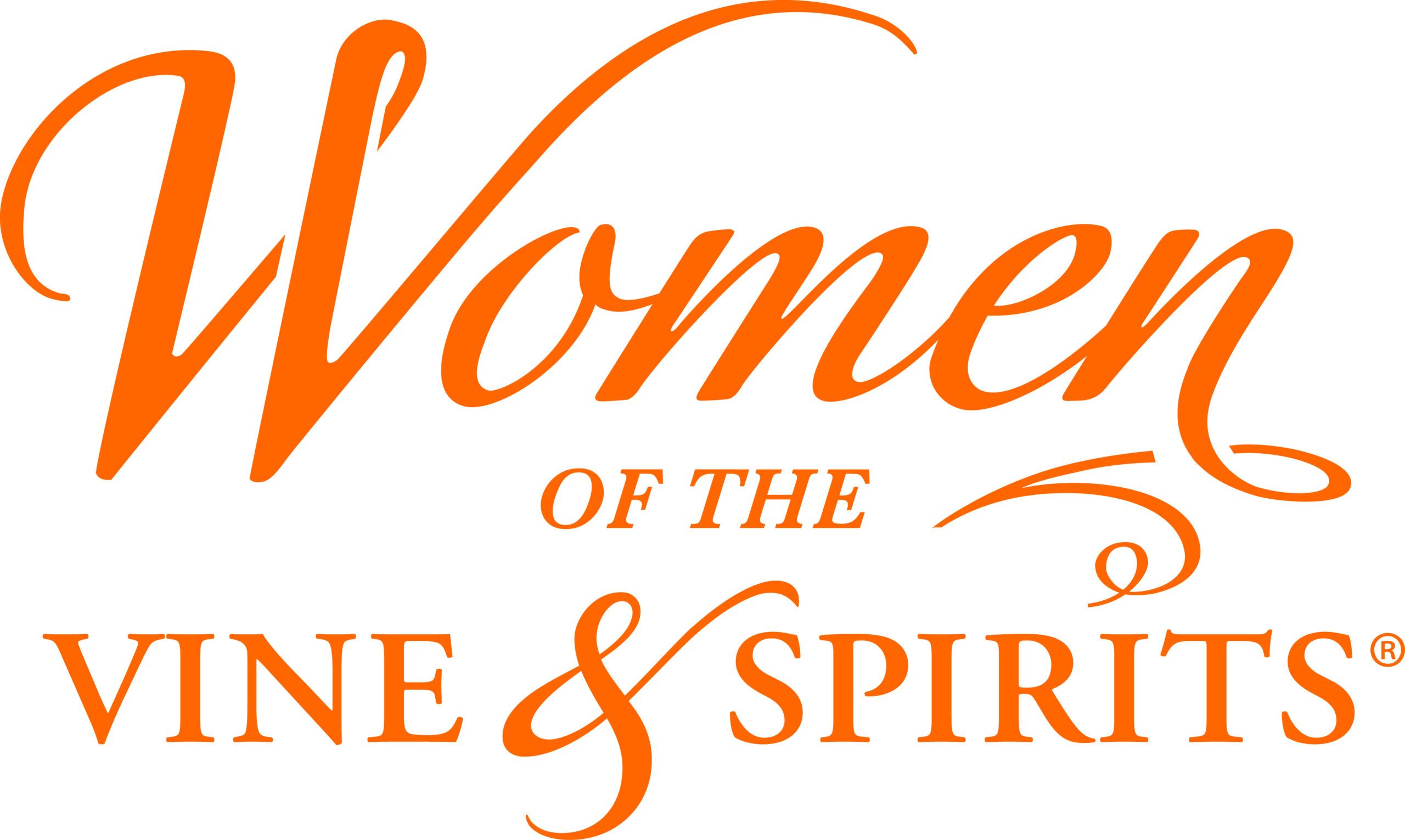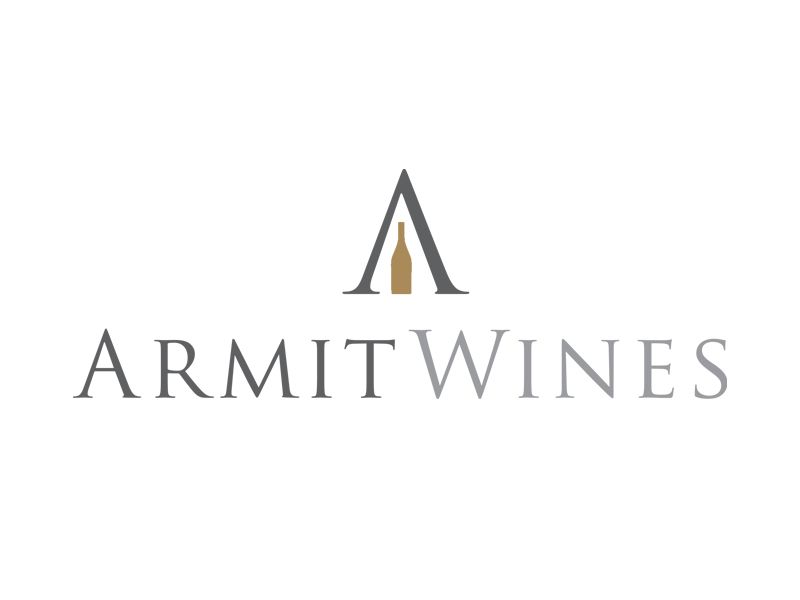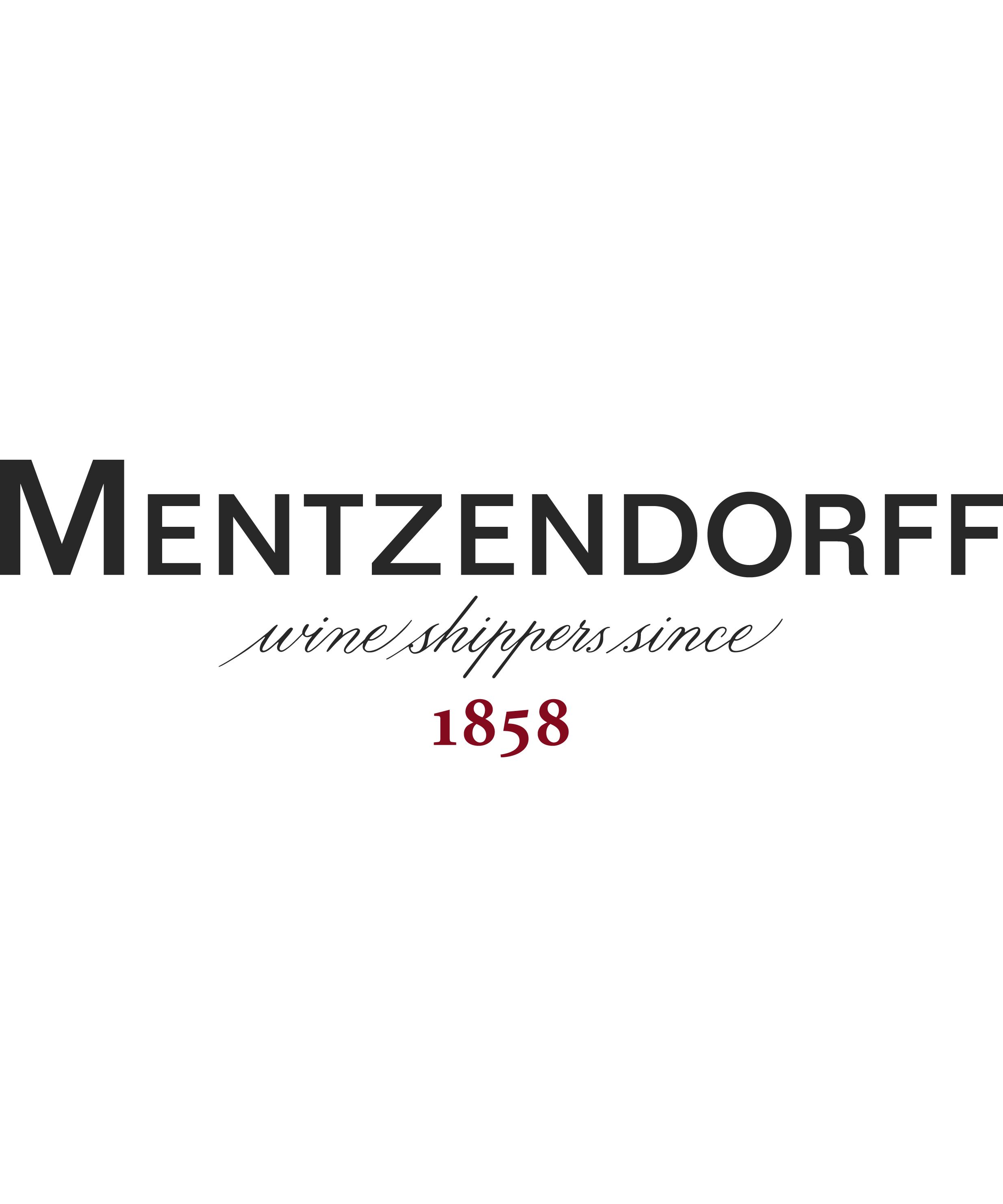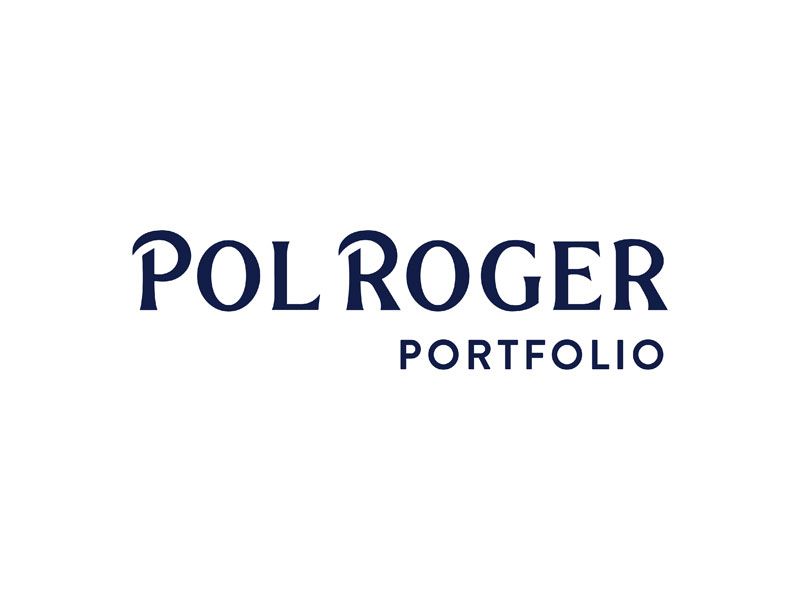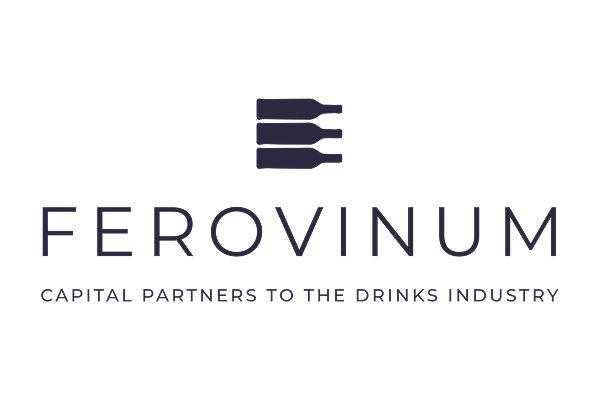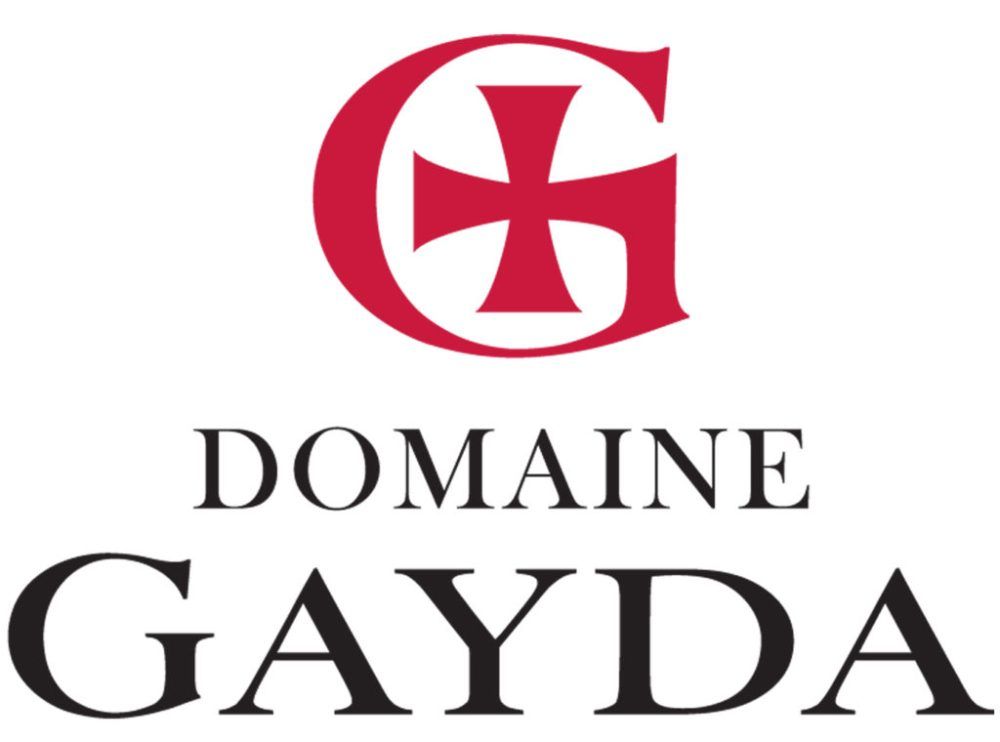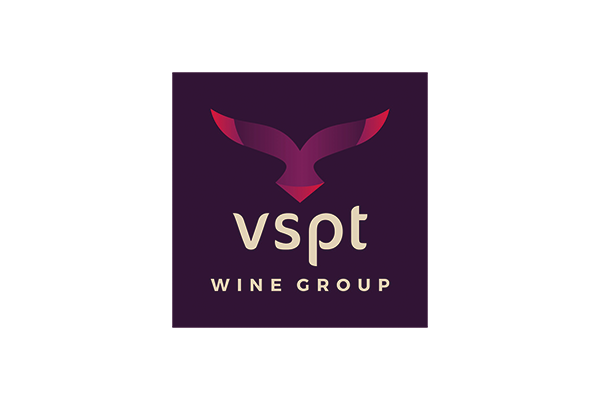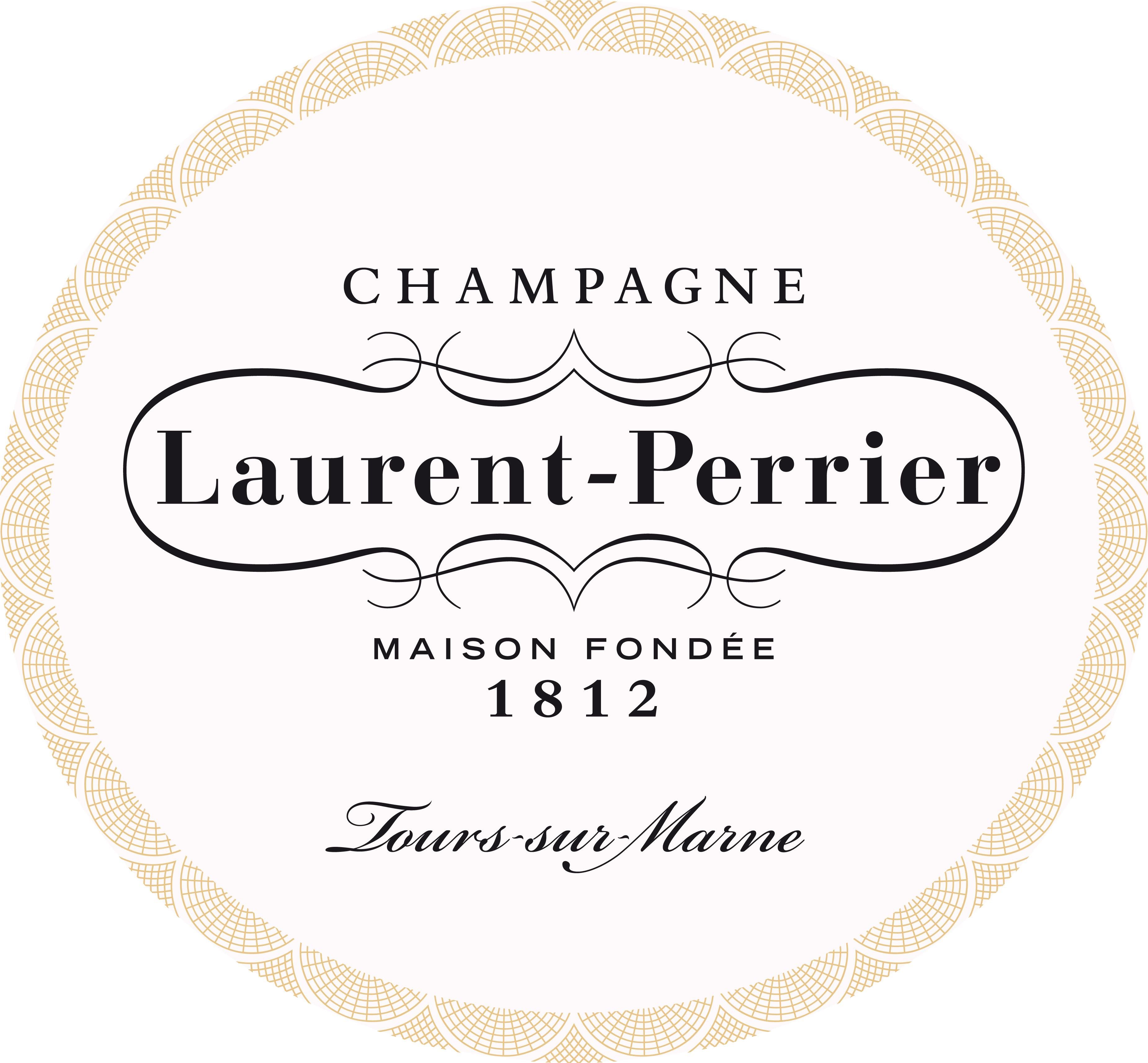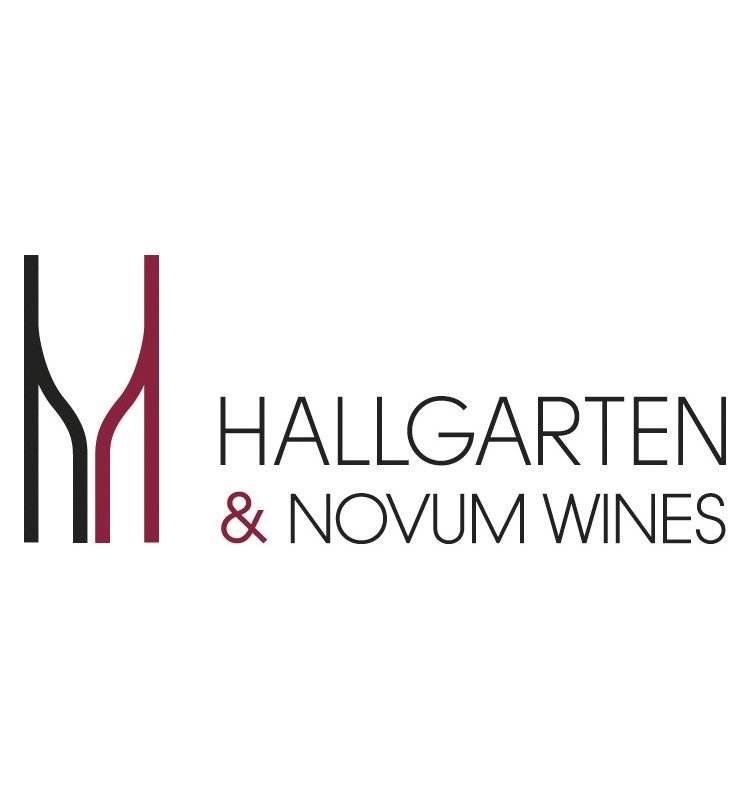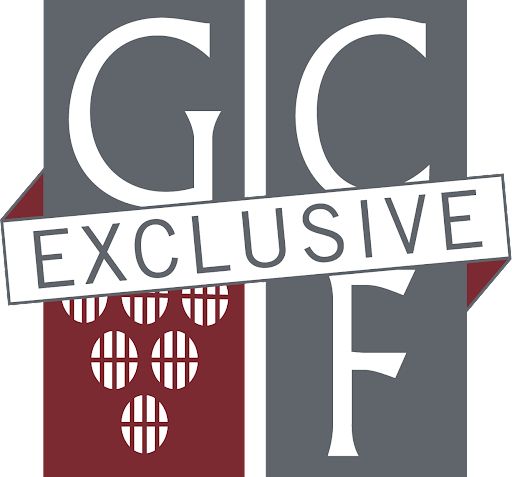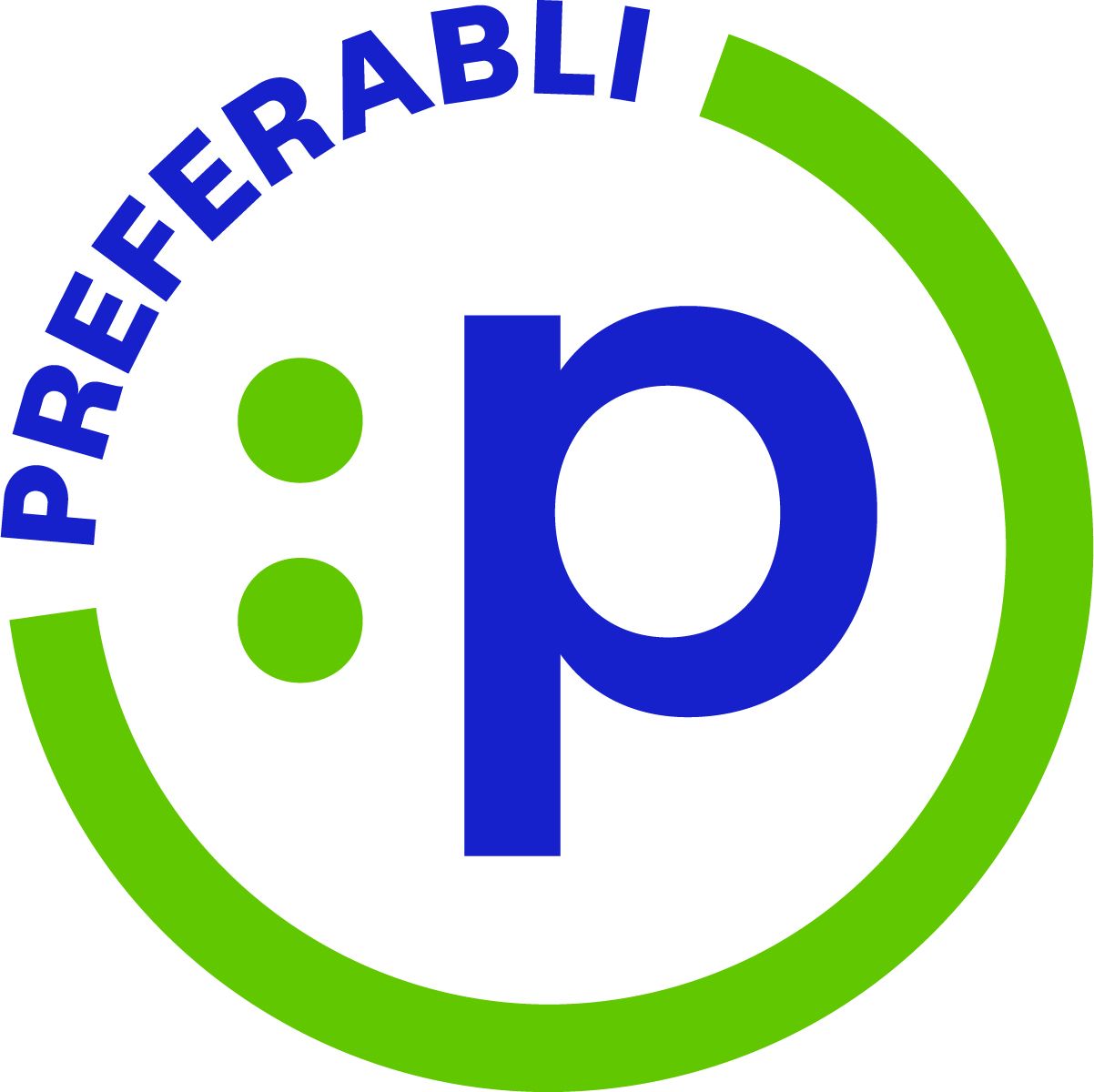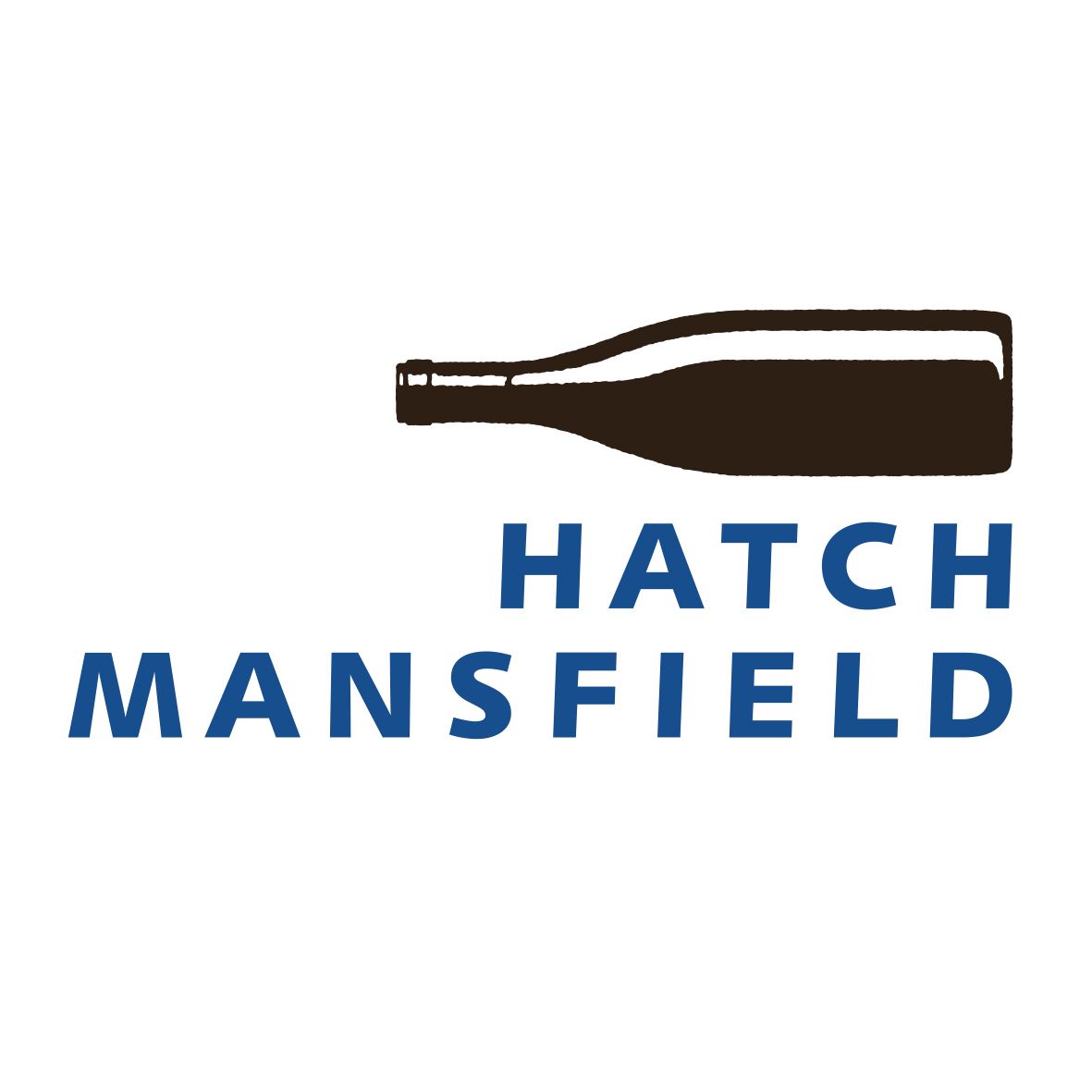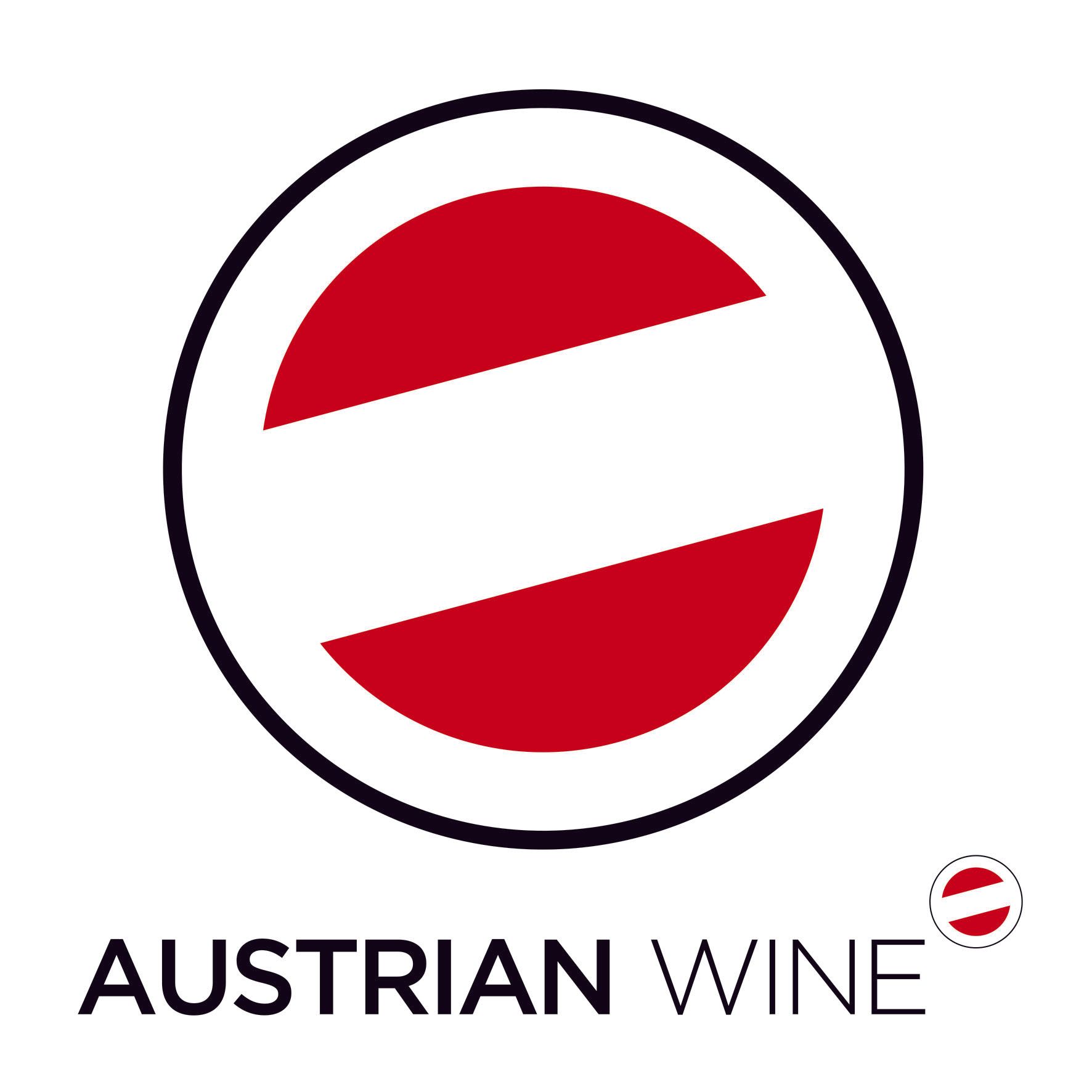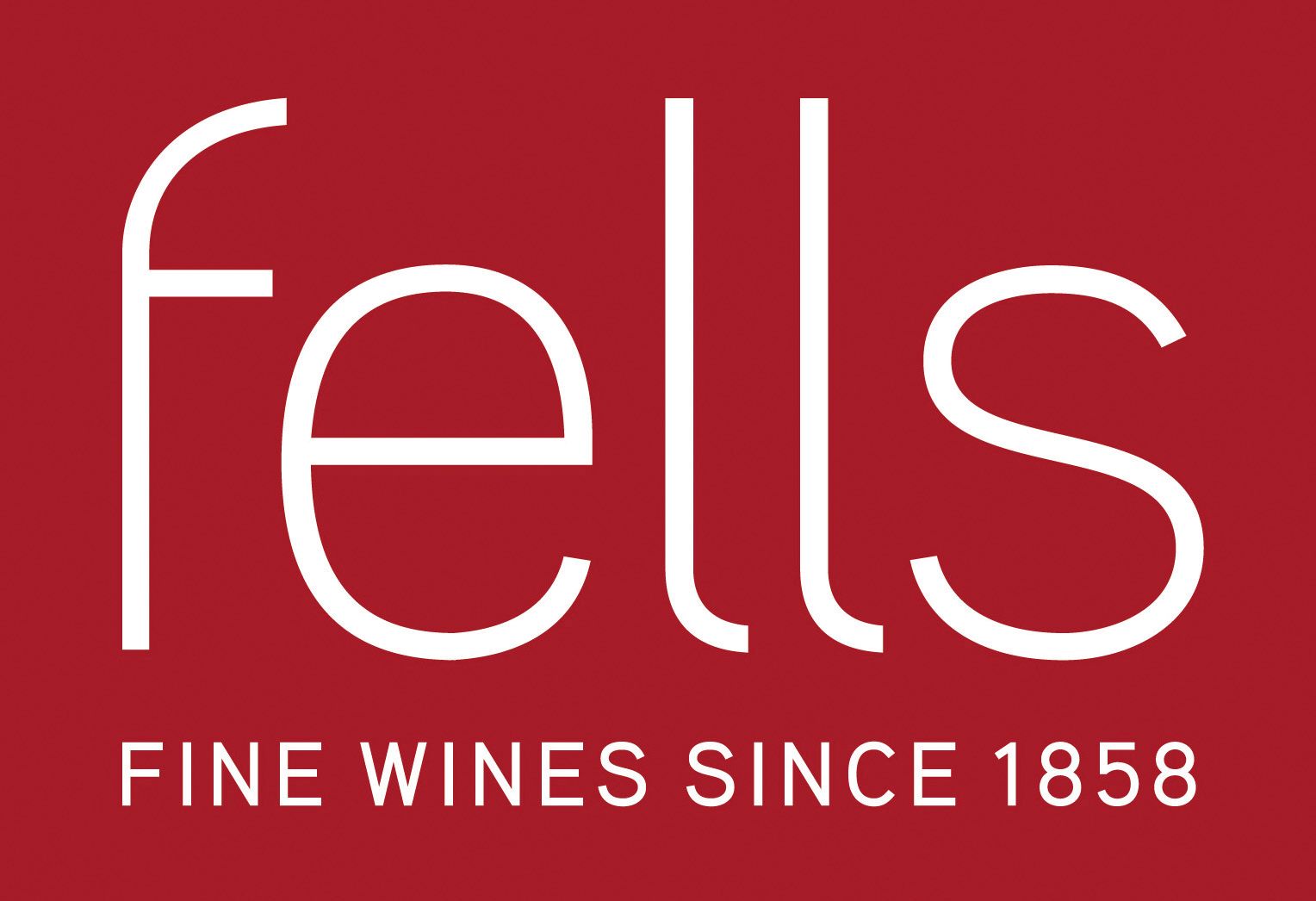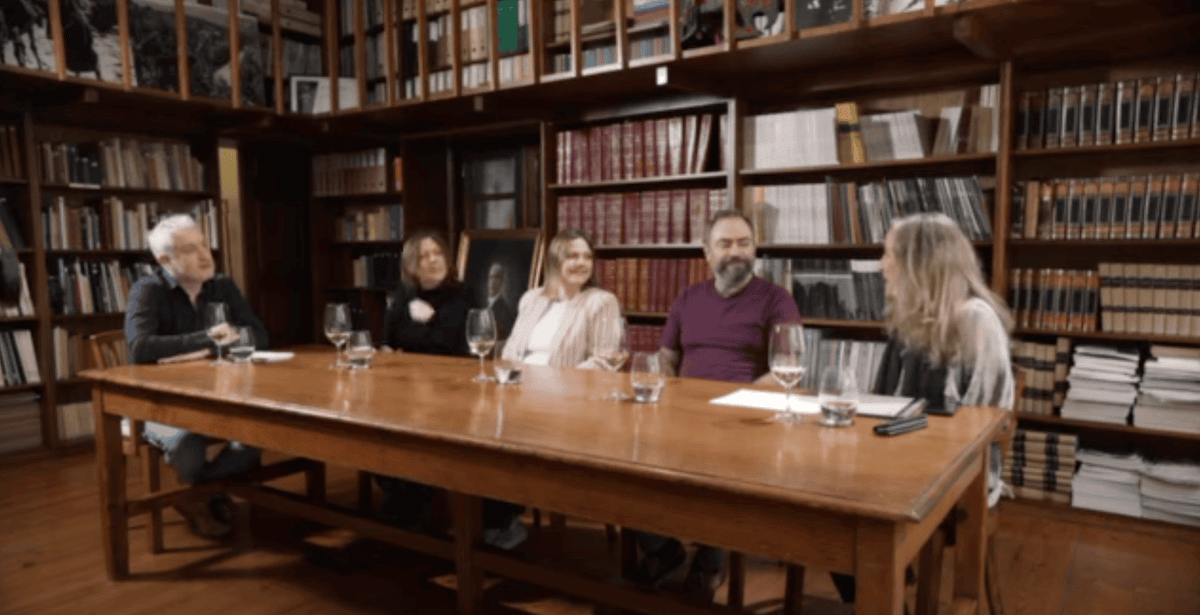Kosta Browne is synonymous with the highest quality Chardonnays and Pinot Noirs - how do you think those two grape varieties have adapted in style over the last 10 to 15 years and what has most influenced those changes?
In the United States in particular, Pinot Noir and Chardonnay have both evolved a lot over the past 10-15 years.
The butter bomb Chardonnays of the late 90s and early 2000s are a thing of the past. The Chardonnays being produced now are much more balanced, crisp, and refreshing.
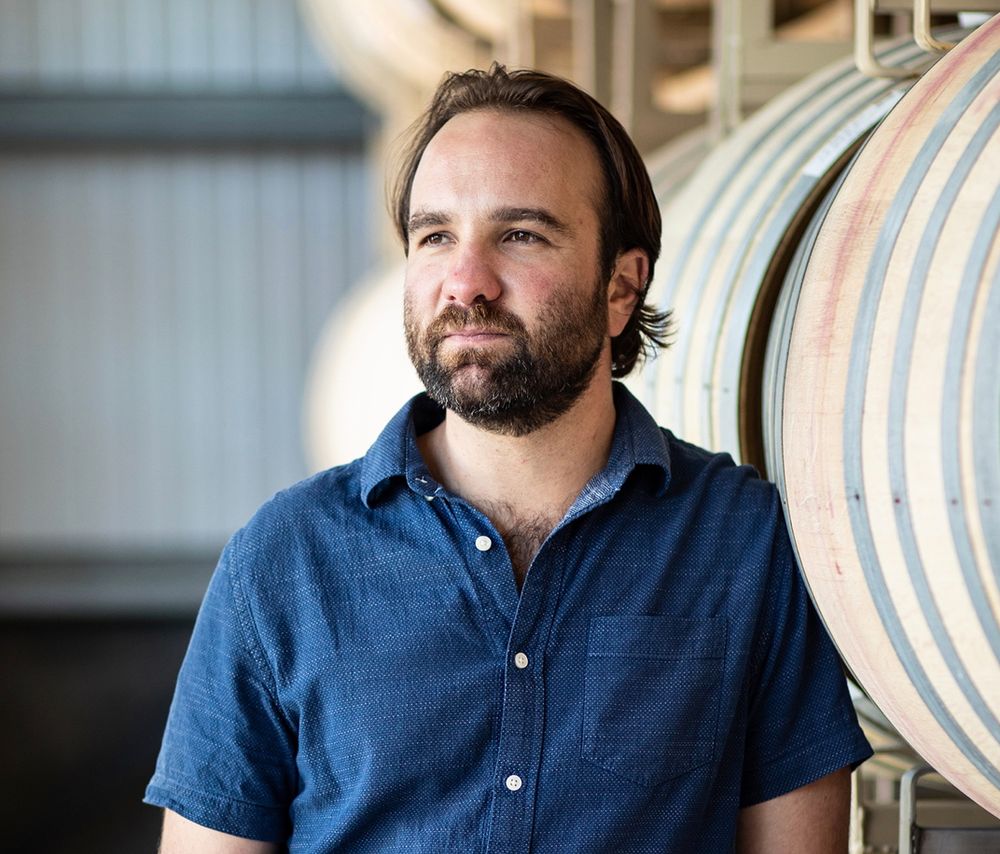
Julien Howsepian says the key for winemaking at Kosta Browne is to work with the best sites and allow their grapes to be fully expressed in the wines they make
The same can be true for Pinot Noirs, as many producers have toned down the alcohol levels and craft wines with restraint, precision and balance. I think the American consumer has driven that change as our palates have become more refined.
The same can be true of Kosta Browne in terms of evolution, but at the same time we embrace our terroir which is one of beautiful, long sunny seasons that produce Pinot Noirs with extraordinary fruit character. We’ve worked hard to harness that remarkable pleasure into one of purity and finesse rather than overbearing power and volume.
Do you compare and benchmark Pinot Noir and Chardonnay styles in other areas of the world when making your wine - if so what is your reasoning for doing so?
We love to explore with curiosity the great wines of the world and are fascinated by comparing our wines to other great producers. But as Theodore Roosevelt once said, “Comparison is the thief of joy”, so we choose to celebrate the similarities and differences of our wines with others.
Pinot Noir is the ultimate expression of place and Chardonnay may be the ultimate winemaker’s variety in terms of one’s ability to express the wine stylistically. While I am an ultimate champion for quality California Pinot Noir in terms of the purity and expression of fruit, our wines share a lot more in common with Burgundy than most are willing to admit.
It always solicits a good debate. And qualitatively, California Pinot Noir and Chardonnays deserve a place on the podium.
What inspiration or guide do you use when making your wines - what are you most wanting to achieve?
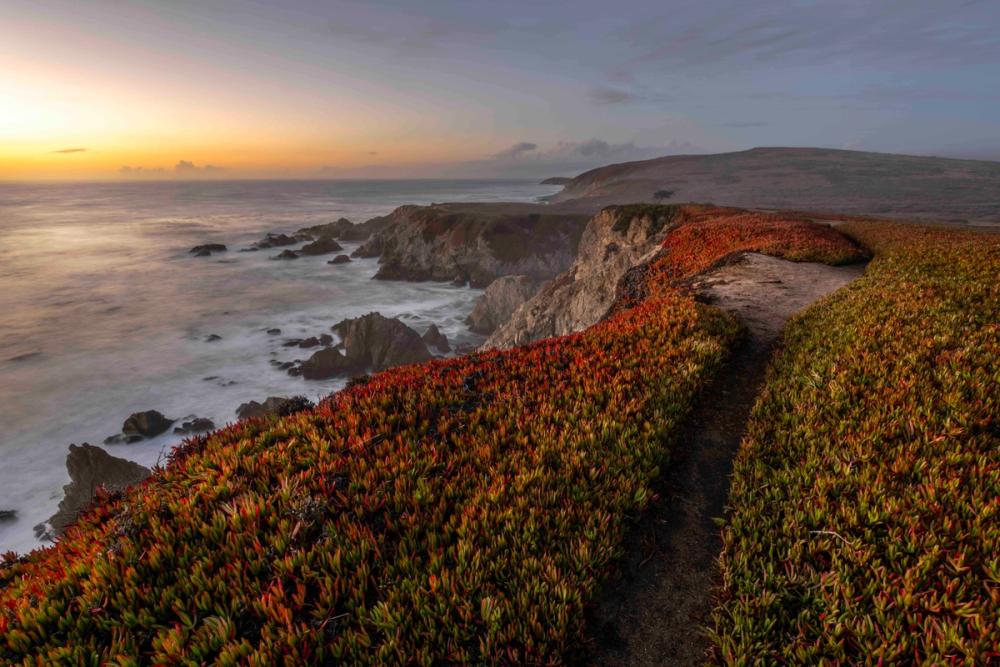
The influence of the Sonoma Coast is crucial in the elegant, fresh styles of wines that Kosta Browne is able to make
I love the challenge of making great wine with as little intervention as possible. Most wines nowadays are the product of food science, a recipe of additives to achieve enhanced features. But at Kosta Browne, we put so much time, energy and resources into growing the partnering with the best vineyard sites that I think it’s important to showcase that purity and quality in the glass without alterations. Yes we work tirelessly to tease out the most potential, but we’re also satisfied with what the vintage gives us year to year because we know our grapes are top of class.
You are able to work with some of the best grapes and growers in California - what are the key aspects you need to get right when working together to ensure you are on the same page and producing the grapes you need?
For coastal Pinot Noir and Chardonnay, timing is of the essence in the vineyard. For example, we deal with extremes in humidity in the form of fog overnight and in the morning, and then rather hot daytime highs.
Protecting the fruit from the sun by providing necessary shade while also allowing free flowing air to dry the fruit every day takes meticulous care and skilled hand work.

Dealing with big shifts in temperature, and protecting the grapes from cool winds and fog - like here at Cerise Vineyard - is a key part of Julien Howsepian's work
Communication, planning, and trust are all necessary for precision farming. But all that work can be for not if the grapes are not picked at ideal ripeness, so early and often communication during harvest is critical to planning the perfect pick.
Some vintages, Mother Nature is kinder than others allowing for longer windows of opportunity. Other vintages you need to get in and get out like a strike force. But working as a team with our growers and grower partners is critical.
You are now sourcing and making wines in multiple regions in California and Oregon - what are you most looking for when looking to work with a new vineyard - what does it need to have/ offer you in order to bring it into the Kosta Browne business?
Kosta Browne’s first vintage was 1999, producing one barrel of Russian River Valley Pinot Noir in Michael Browne and Dan Kosta’s garage. Russian River and Sonoma Coast have always been our backyard and we established our business alongside the boom of Pinot Noir in California.
Now, as we explore other great regions, we simply ask ourselves, if another region or vineyard is producing world class Pinot Noir or Chardonnay, why shouldn’t we make some ourselves? So at this point, a new vineyard is often well regarded and established, and of course we vet the vineyard and wines produced ourselves.
If we’re intrigued, we go for it!
You are releasing wines from the 2021 vintage into the market - how was the vintage compared to previous years?

Julien Howsepian checking out the harvest at Treehouse Vineyard in Russian River in California
The 2021 vintage was honestly a perfect growing season for California and a very good warm vintage in Willamette Valley, Oregon. We had a little frost event in the spring in Sonoma Coast and Russian River that reduced yields by less than 5%, but after that it was a season that had nice long sunny days followed by cool coastal foggy nights, excellent conditions for slow even ripening.
It was the type of vintage winemakers dream about, especially those who work in as many appellations as we do. It was a long, methodical harvest free from weather systems that alter the course of harvesting, allowing us to easily pick the grapes at peak ripeness.
For California, because of the slow ripening, the grapes and were well balanced with phenolic and sugar development while maintaining excellent acidity. The resulting wines are age-worthy, balanced, a touch lighter in fruit and body, and more elegant and refined than most vintages. There is an excellent polish and precision on the 21s that really stand out.
All the grapes are hand picked at night or early morning during sunrise and fermented with native yeasts and bacteria with minimal intervention.
The 2021 One Sixteen RRV Chardonnay is in its prime right now, showcasing gorgeous generous neutral chardonnay characteristics with secondary aromas peaking through, almond, pie crust, honey, making for an intoxicating bouquet. The vineyards sourced for this blend is an all-star roster of Russian River Vineyards, showcasing what the cool climate of Russian River Valley is at its best.
The 2021 Sonoma Coast is made up predominantly by two vineyards, Gap’s Crown and Marshall Vineyard. Gap’s Crown is the bedrock of our Sonoma Coast blend, typically accounting for around 40% of the blend, followed by Marshall Vineyard which is an incredible north facing vineyard in Sebastopol Hill on the edge of Sonoma Coast and Russian River Valley.
A few other smaller vineyards help round out this blend, but this wine continues to shine ten years following the Wine Spectator #1 Wine of the Year award.
2021 Russian River Valley Pinot Noir is defined by the purity and precision of fruit, incredibly crystallised and harmonious. Russian River Valley is home to the winery and therefore represents the highest concentration of Single Vineyard blends produced, each of which contribute a great deal to the Russian River blend, making for another star studded line-up.
Sta. Rita Hills is still an emerging region, and the 2021 Kosta Browne is a great example why. Located less than two hours north of Los Angeles, Sta. Rita Hills is the coolest grape growing region in California despite being so far south.
This is due to the region’s proximity to the ocean and transverse mountain range that it lies within, producing very cool, windy conditions. More elegant, lighter and crisper in nature, yet the wine still delivers considerable weight due to the long growing season and thicker skins.
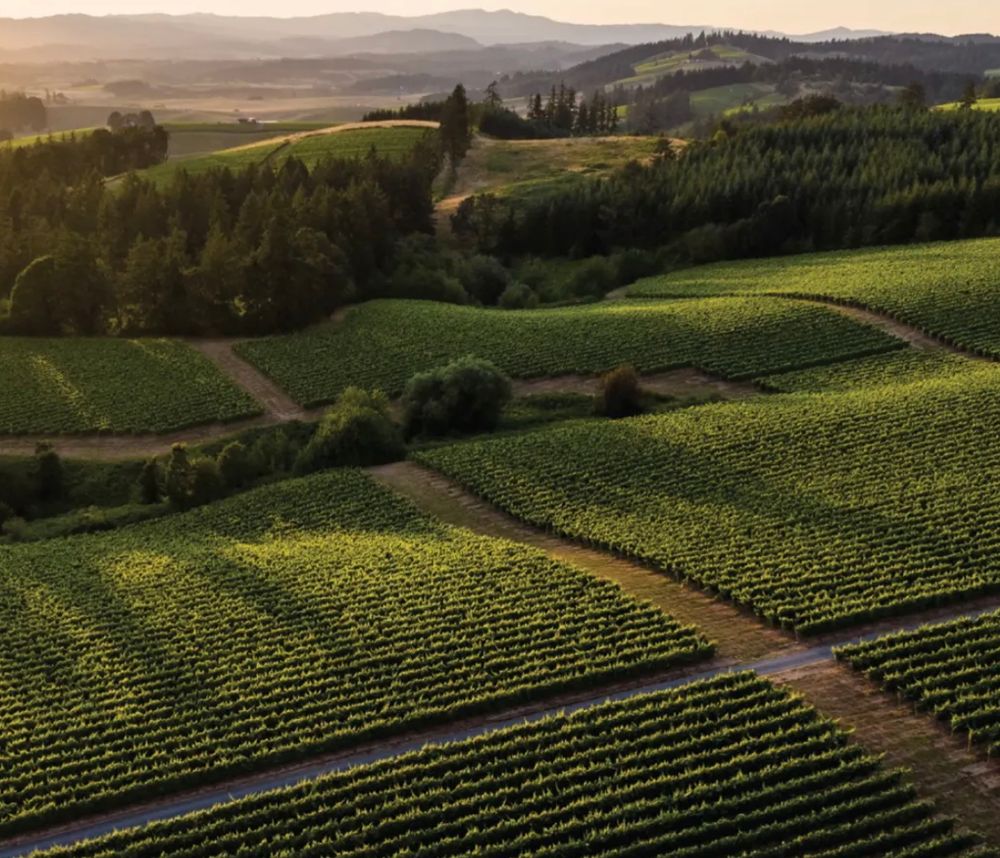
The 2021 vintage is the first wines that Kosta Browne has made from its Willlamette vineyards including here at Shea vineyards
2021 Willamette Valley is Kosta Browne’s inaugural vintage in the region, and in typically fashion, we were privileged with first rate access to some of the best vineyards, including Shea Vineyards, Eola Springs, and Ribbon Ridge Vineyard. A very diverse blend representing vineyards from all of Willamette Valley’s sub-AVA’s, the 2021 is a very fine example of a classic Willamette Valley Pinot Noir.
There’s a reason why Burgundy enthusiasts enjoy Willamette Valley Pinots, offering more dried fruits and herbal and floral notes, with more pronounced tannins, these Pinots showcase the vast difference in expression of Pinot Noir along the West Coast of the United States.
How are wines from the 2022 vintage looking?
2022 was a completely different vintage characterised by an excellent growing season then thrust forward by a very hot week of weather throughout California in the first week of September, producing wines with a bit more generosity, dark fruit, and richness. Extremely pleasurable, approachable wines, and Gap’s exemplifies the best of what 2022 has to offer.
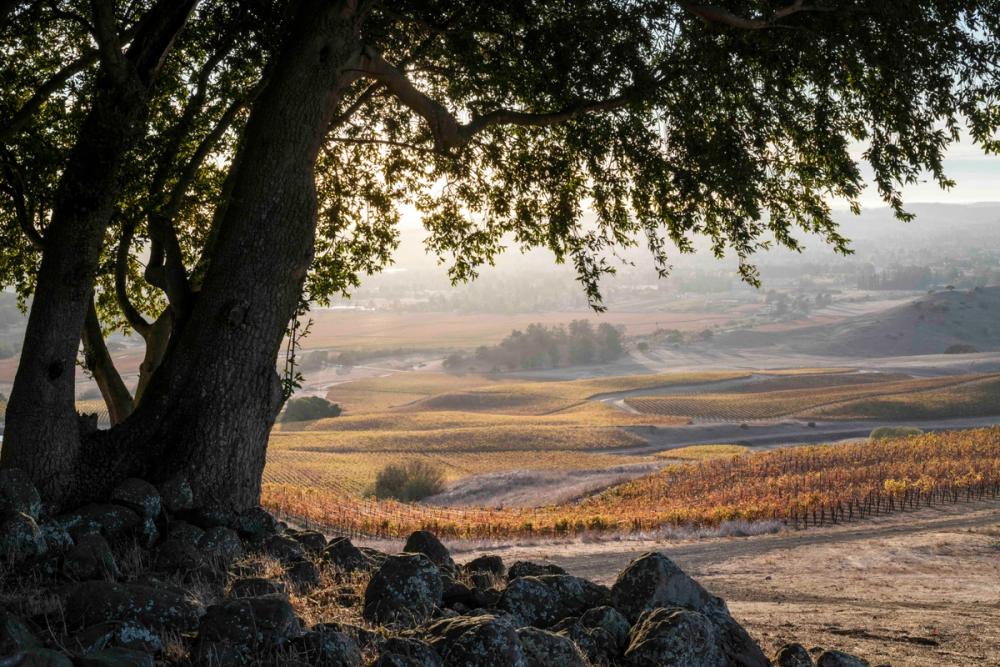
Gap's Crown Vineyard is where Kosta Browne's most popular wine comes from...
Gap’s Crown is our premier and most popular single vineyard wine, owning about 1/3 of the 130 acre vineyard. Gap’s Crown is very consistent, reliable, and unmistakable true year in and year, featuring blue and light red fruits with spice and forest undertones.
Gap’s Crown Vineyard has quickly emerged (only planted between 2003 and 2005) as one of Sonoma Coast’s best vineyards. Located in the heart of the Petaluma Gap, sloping almost 300 meters towards the Southwest, this hillside vineyards absorbs the fog flowing east from Bodega Bay and north from San Pablo Bay, marking an interesting confluence of fog patterns constantly being cooled from one direction to the other.
A remarkable vineyard, true to self, comfortable in its own skin, Gap’s Crown is worthy of the recognition.
What have been the most important milestones and things you are most proud of during your time at Kosta Browne and now as winemaker?
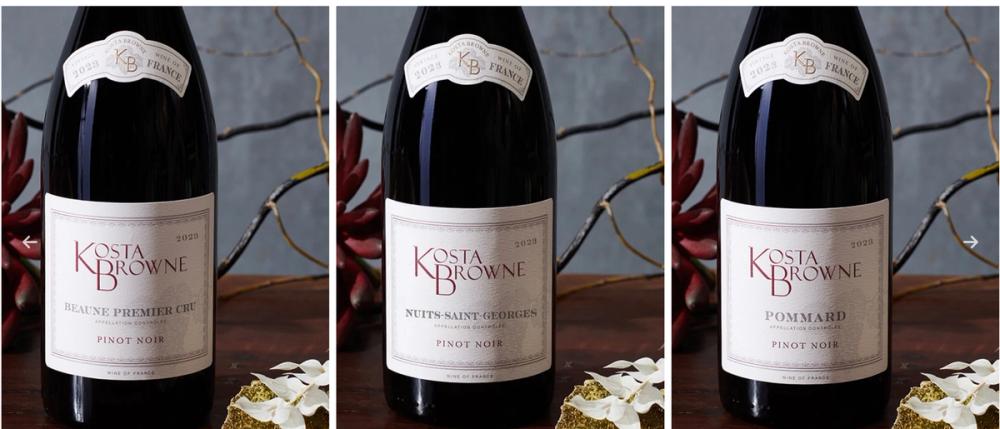
Kosta Browne's Burgundy Series
The inception of our Burgundy Series is one of the most important milestones of my tenure at Kosta Browne because the wines we produce from there represent so much more than what’s in the bottle. It’s the culmination of years of work, networking, relationship building, visitation and hospitality, ultimately leading to trust and partnerships which has granted Kosta Browne the privilege of producing wines in Burgundy.
I’m proud of that accomplishment from a personal and team perspective because it took a great deal of collaboration to finalise all the details of the partnership.
Blending is a key part of your winemaking - what is your approach to blending and what you are trying to achieve?
Blending is so much fun. Being a minimal interventionist, blending is my only opportunity to polish a wine so we spend a lot of time blending. If the blend is smaller, I’ll do barrel by barrel tasting to build up the blend. If they’re bigger and involve multiple groups of barrels originated from unique fermentations, I always taste each group and formulate my ideal blend based on my favourite lots.
But what I have learned over the years is blending is a humbling experience and often times the best lots don’t all play nicely in the sandbox. And finding the last puzzle piece can be very difficult. So, I work that angle, but I always let the chemistry help lead me towards what versions a wine wants to become.
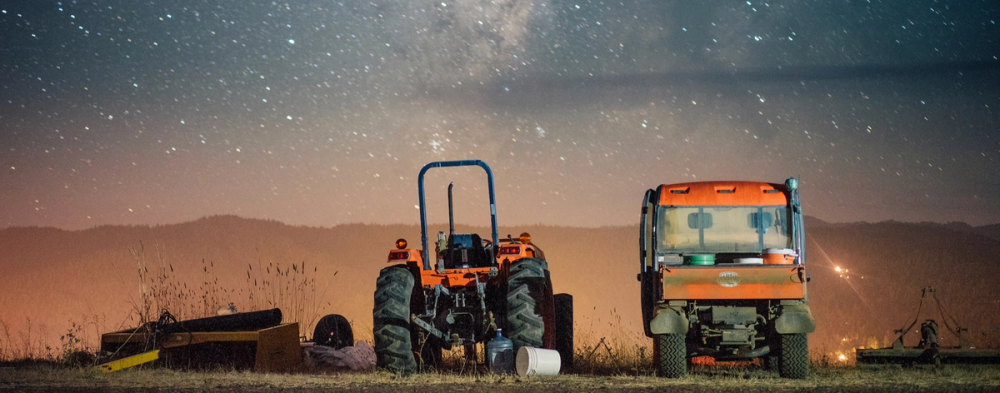
We’ll make blends with the highest and lowest alcohols, highest and lowest pH’s, total acidity, residual sugar, volatile acidity, etc, just to unearth the best version of the blend that otherwise would be impossible to find by the ranking method.
It’s amazing what you can find when your preferences and biases are removed from the equation.
How do you choose which vessel to work the wine in - what are the determining factors?
Overtime, we have learned what vineyards work better in certain vessels. Generally, I prefer oak and concrete over stainless steel because they add depth and nuance to a wine. My biggest focus during fermentation is temperature and each vessel offers a different thermodynamic to the fermentation.
Stainless steel is easy to control and manipulate producing straighter, boxier wines with defined perimeters. Oak gets hot fast and you must be aggressive in releasing heat so fermentations tend to be faster but they hold onto the temperature naturally longer at the end of fermentation.
Concrete has a ton of thermal capacity so fermentations are cool and take a long time to heat up and cool off so they tend to retain the delicate aromatics of a wine.
It’s very interesting to observe each year but I compare it to preparing the same cut of fish or meat by either baking, searing or sous videing. Each method provides a completely different texture to the dish, and the same is true of wine.
You have introduced a sparkling wine for the first time - talk us through the wine you wanted to make and how it has gone?
Our Keefer Blanc de Blanc is an extraordinary wine, we’re so lucky to own that site. It’s Method Champenoise but we have our signature Chardonnay nuance to the wine as a result of crushing the grapes via foot treading before pressing, hyper-oxidating the juice, and native barrel fermentations.
The wine is bottled unfined, unfiltered, brut natural dosage so it’s just a tremendous wine made in a very unique way.
Keefer Ranch is a special slice of heaven for sparkling wine, a very cool site in the Russian River Valley at the bottom of a gently descending south facing slope butting right up to a creek so it’s a late ripening site for sparkling wine. Tons of hangtime which develops fully ripe fruit unlike a lot of sparkling production in California.
The best advice I got on this wine is to only age it en tirage for two years. Many domestic producers copy Champagne with long tirage aging and for our wine, we just simply didn’t need that.
What have been the biggest challenges and how did you overcome them?
One of the biggest challenges of my career was the 2020 vintage in California. We were facing unprecedented extreme wildfires right before harvest and no one knew what to do.
Everyone around me was reacting with extreme measures to evade the risk of smoke taint but I decided to make the wines the same way we always do rather than making a wine that would be a shell of itself through all those ridiculous contortions. It would either be an authentic Kosta Browne wine or nothing at all and the decision paid off.
We faced a lot of skeptics from producers who chose to skip the vintage, but I proudly stand behind the wines from the 2020 vintage.
You spent time in New Zealand's Hawke's Bay prior to Kosta Browne, what did you learn most from seeing how Pinot Noir is made there?
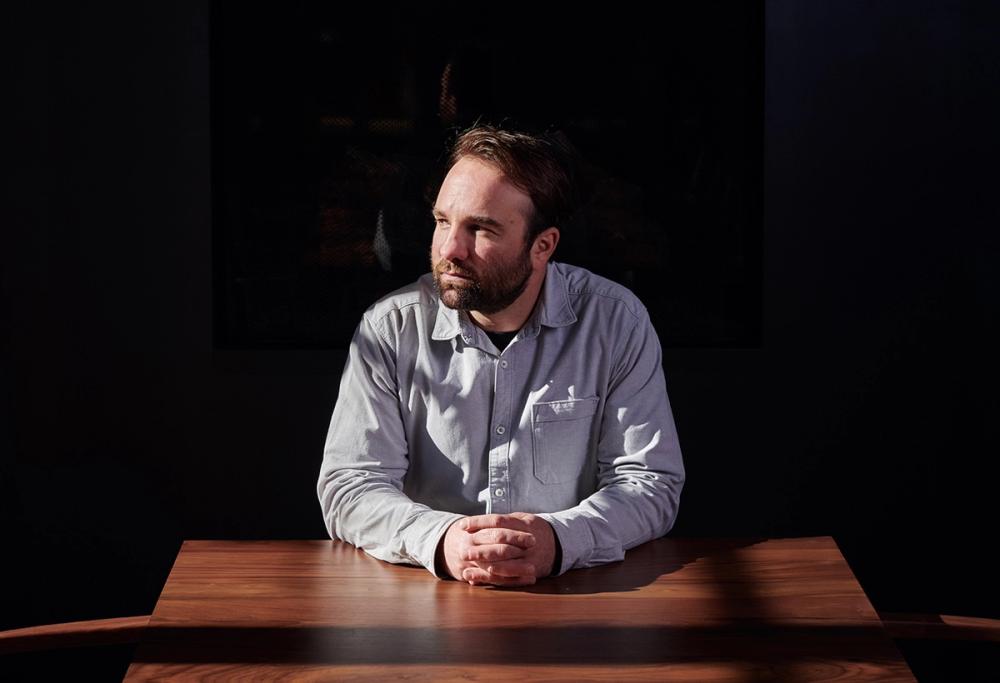
Julien Howsepian says his time in New Zealand was very important in his career as a winemaker
New Zealand was a great learning experience for me. For one, it led to the internship the following year at Kosta Browne, but also provided the perfect environment for me to sharpen my cellar skills and gain confidence.
That was a very difficult vintage in New Zealand, it rained almost the whole vintage and I worked the night shift at an outdoor winery so the experience was all about personal development more than wine experience.
Who have been your winemaking mentors that have helped you most in your career?
I’ve been very lucky to have several incredible mentors throughout my career. Michael Browne, the founder and original winemaker of Kosta Browne, Nico Cueva, my predecessor and colleague for almost 10 years before he yielded the winemaking position, and Neil Bernardi, MW, who managed Kosta Browne for several years.
Each have honestly taught me very different perspectives on winemaking and life and I consider myself lucky for each of their lessons.
If someone is new to Kosta Browne's wines which wines would you recommend tasting first to best understand the styles of wine you are making?
Our Russian River Valley and Sonoma Coast Pinot Noirs are equally sensational expressions of not only the region from which they are grown, but are also two of our flagship Pinot Noirs. They each exemplify the prestige and excellence of Pinot Noir from these two tremendous appellations in a very approachable manner.
Our 2009 Sonoma Coast Pinot Noir won Wine Spectator’s Wine of the Year in 2011.
Gap’s Crown Vineyard of the Sonoma Coast is our most popular single vineyard wine and is another gorgeous example of Sonoma Coast Pinot Noir.
Finally, our One Sixteen Russian River Valley Chardonnay is our best kept secret. We’re known for our Pinot Noirs but we make some exceptional Chardonnays too.
I consider those four wines our most important wines because they are often a person’s introduction to Kosta Browne.
* You can find out more about Kosta Browne at its website here.
* Kosta Browne is distributed in the UK by Top Selection who are a commercial partner to The Buyer. You can find out more about what they do here.
